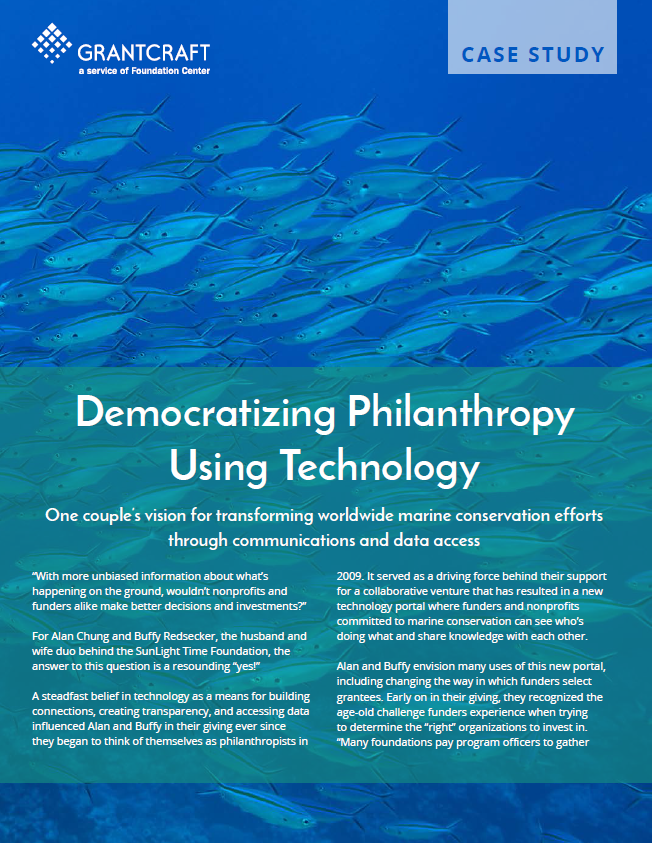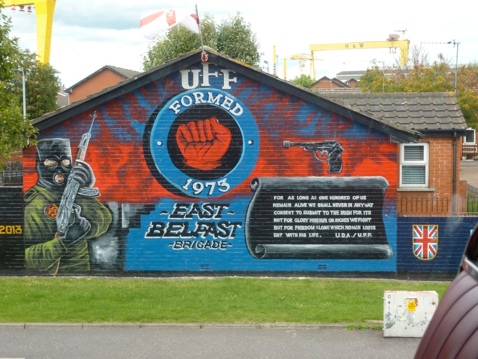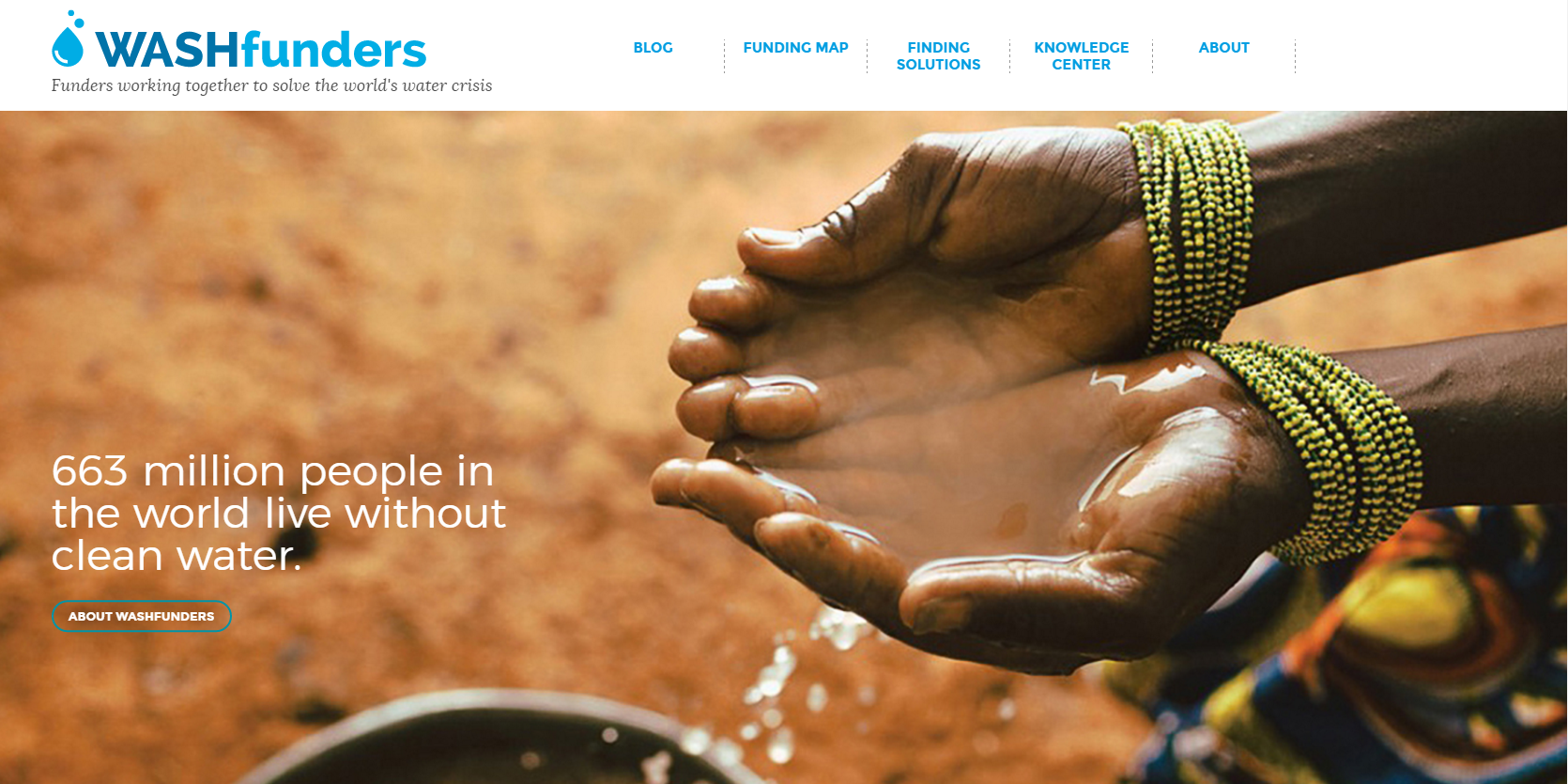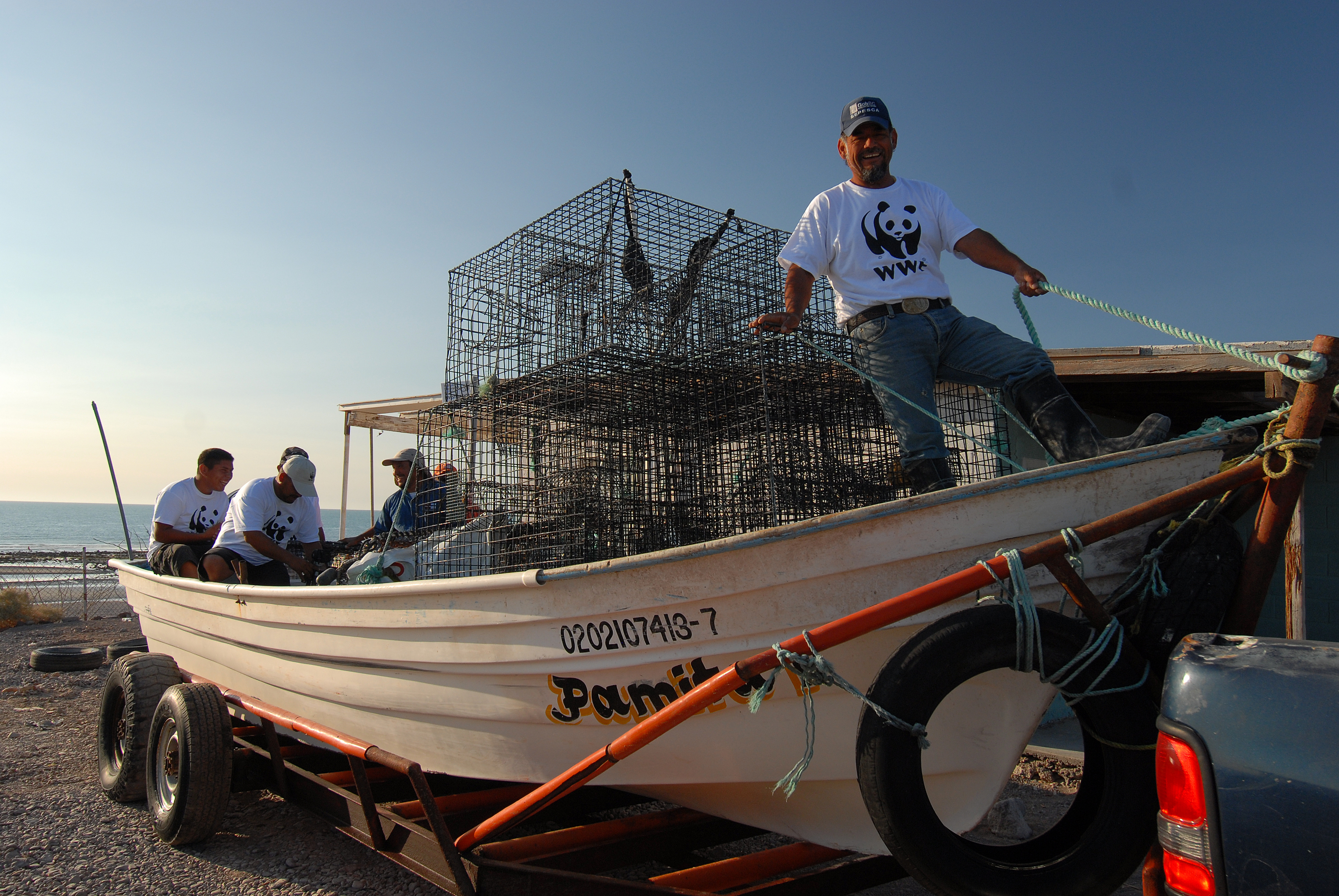Democratizing Philanthropy Using Technology One couple’s vision for transforming worldwide marine conservation efforts
“With more unbiased information about what’s happening on the ground, wouldn’t nonprofits and funders alike make better decisions and investments?”
For Alan Chung and Buffy Redsecker, the husband and wife duo behind the SunLight Time Foundation, the answer to this question is a resounding “yes!”
A steadfast belief in technology as a means for building connections, creating transparency, and accessing data influenced Alan and Buffy in their giving ever since they began to think of themselves as philanthropists in 2009. It served as a driving force behind their support for a collaborative venture that has resulted in a new technology portal where funders and nonprofits committed to marine conservation can see who’s doing what and share knowledge with each other.
Alan and Buffy envision many uses of this new portal, including changing the way in which funders select grantees. Early on in their giving, they recognized the age-old challenge funders experience when trying to determine the “right” organizations to invest in. “Many foundations pay program officers to gather information,” says Buffy. “But how do we change the fact that philanthropy is often an insiders’ club of who knows who about what?”
Indeed, many funders follow a similar process when deciding who and how to fund. Often, donors or foundation staff gather data themselves, or hire a consultant to do it. Sometimes they consult with colleagues about who they know and fund. In some instances, funders meet with those recommended NGOs to hear their sense of who’s on the scene, what’s important to invest in, and how. Some argue that this process reinforces philanthropy’s elitism, whereby only organizations known within that funder’s trusted circles make it into the potential grantmaking pool.
As donors whose wealth and expertise come from creating software companies, it’s no surprise that Alan and Buffy have turned to innovative technology-based tools to level the playing field for nonprofits and funders. “Our philanthropy supports creative and disruptive approaches to traditional problems with an emphasis on planetary health,” says Buffy. “Technology, which is often underutilized in philanthropy, allows for more open spaces for connectivity. We’re inspired by platforms like Wikipedia that can respond in real time and are changeable. We hope this will be a space where all interested parties can interact, share feedback, and build community.”
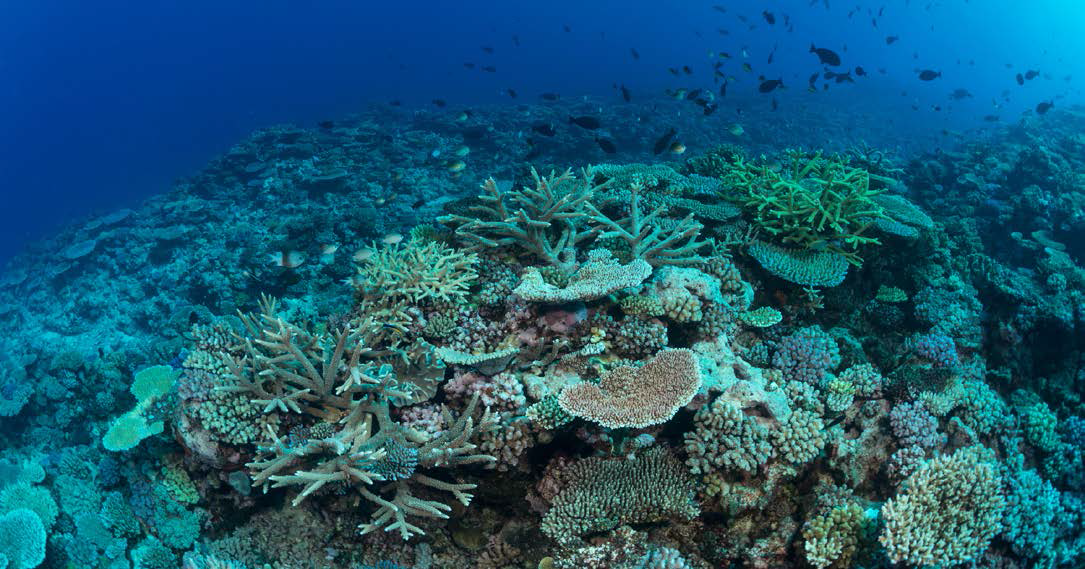 When it comes to ocean funding, Alan and Buffy discovered that they weren’t the only funders seeking access to better data. “In 2010, I was at a meeting at National Geographic headquarters with funders, NGOs, and other stakeholders to explore ways to improve marine conservation,” says Buffy. “Each group was asked to come up with one thing we needed most. The gathered funders agreed: we need a map to better know and share information about who’s working on the ground on ocean issues worldwide.”
When it comes to ocean funding, Alan and Buffy discovered that they weren’t the only funders seeking access to better data. “In 2010, I was at a meeting at National Geographic headquarters with funders, NGOs, and other stakeholders to explore ways to improve marine conservation,” says Buffy. “Each group was asked to come up with one thing we needed most. The gathered funders agreed: we need a map to better know and share information about who’s working on the ground on ocean issues worldwide.”
Long before this meeting, Alan and Buffy started investing in Marine Watch International, a small NGO seeking to create a place to share knowledge and connect ocean conservation efforts around the world. Alexandra Sangmeister founded Marine Watch in 2000 after working with WildAid on a shark finning report. “We were amassing so much data on ocean conservation efforts worldwide,” says Alexandra. “I realized there was no place to put the data, nowhere for people to share innovations in the field and collaborate. I wanted to create something that if you only had six months to save the oceans, it could help people mobilize quickly and effectively.”
Despite Marine Watch’s small size, Alan and Buffy decided to support Alexandra’s big vision. Then, over the years, with support from donors like Alan and Buffy who stayed involved, encouraging, sometimes discouraging, and consistently making new introductions, the concept evolved. “Sometimes it takes a one-person operation to have a truly global impact,” says Buffy. “Alexandra had a good idea 18 years ago and Alan and I saw how what she was doing could become an innovative solution to a longstanding global challenge.”
Since meeting Alexandra, Alan and Buffy have made regular small grants of $5,000-6,000 to Marine Watch. Their funding has supported Alexandra’s capacity to attend international ocean-related conferences and network, as well as computer basics. This support, alongside Salesforce CEO Mark Benioff’s in-kind contribution of free licensing use of Salesforce software, enabled her to prototype an interactive database and online community for conservation efforts spanning the globe.
Here’s how Marine Watch’s efforts will work: “Every NGO can create a profile, chat back and forth, and create groups,” says Alexandra. “So if you’re going to a conference, you can upload your materials here for everyone to see. Or if you want to know who’s working on sea turtles – whether you’re working on research, grassroots conservation, or policy work – you can find each other and engage online. And it’s free!” Indeed, NGOs large and small can upload information on who they are, where they’re working, and what conservation efforts they’re undertaking on the back end. Then they can join in the online community to connect with each other privately and securely.
NGOs won’t be the only beneficiaries. “Funders and NGOs both need to know who’s on the ground,” says Alexandra. “That way, it’s not just the more well-known, big nonprofits getting several million dollars while grassroots organizations aren’t at the table. Conservation efforts benefit when organizations big and small work together and when there’s a balance of support to them. That’s harder to accomplish if funders don’t know who’s out there.”
After learning about Foundation Center’s data, mapping platform, and technology capacity, Alan and Buffy made a grant to them in 2016 to create a publicly-facing knowledge portal: FundingtheOcean.org. Buffy also facilitated connections to networks of marine funders including Oceans 5 and the Consultative Group on Biological Diversity’s Marine Conservation Program, which led to additional support for Foundation Center by The Campbell Foundation, the Helmsley Charitable Trust, Oak Foundation, and the David and Lucile Packard Foundation. Foundation Center has filled the FundingtheOcean.org portal with its data sets, a custom mapping application, and a knowledge center of research reports, case studies, and other resources. They are working closely with Alexandra to link this freely accessible public resource with Marine Watch’s cloud-based platform for engagement on the back-end. “This portal has the potential to drastically cut down the time it takes foundations to perform due diligence,” says Buffy. “All while increasing foundation transparency about what and how they fund.”
Ultimately, democratization is the desired end. This new ocean portal builds on a legacy of innovations – including the printing press, public libraries, and the Internet itself – to make knowledge a common resource. While less curated and centralized knowledge sources can affect accuracy and reliability, for many, including Alan and Buffy, the desired end of giving voice and sharing access and power among diverse stakeholders beyond an elite class, prevails. “Our goal is helping to figure ways to leverage data platforms that become global game changers in the way money moves,” says Buffy. “Especially in areas like conservation. We have to step up for the planet. Tools like this empower everybody to know what’s happening and get involved.”
Alexandra agrees. “Marine Watch’s interactive database and online community, now linked to the FundingtheOcean.org portal, allows people like me to get into new spaces and connect with others, including funders, to pursue our big dreams to save the world. Sometimes it’s that person with a full-time job but who has the grit to start a small venture and reimagine the way things work.”
Already, conversations are underway about how the portal concept can be replicated in entirely different fields. Although Alan and Buffy recognize how things like this can’t be built in a day. “Game changers take time. Some take years of thinking about and processing before you can get some altitude on them.”
This case study was developed as a companion piece to stories shared through Foundation Center’s Funding the Ocean project. Funding the Ocean is a dynamic hub to inform and inspire ocean conservation philanthropy around the world. It includes a mapping application, repository of reports and case studies, and a cloud-based platform for engagement.
